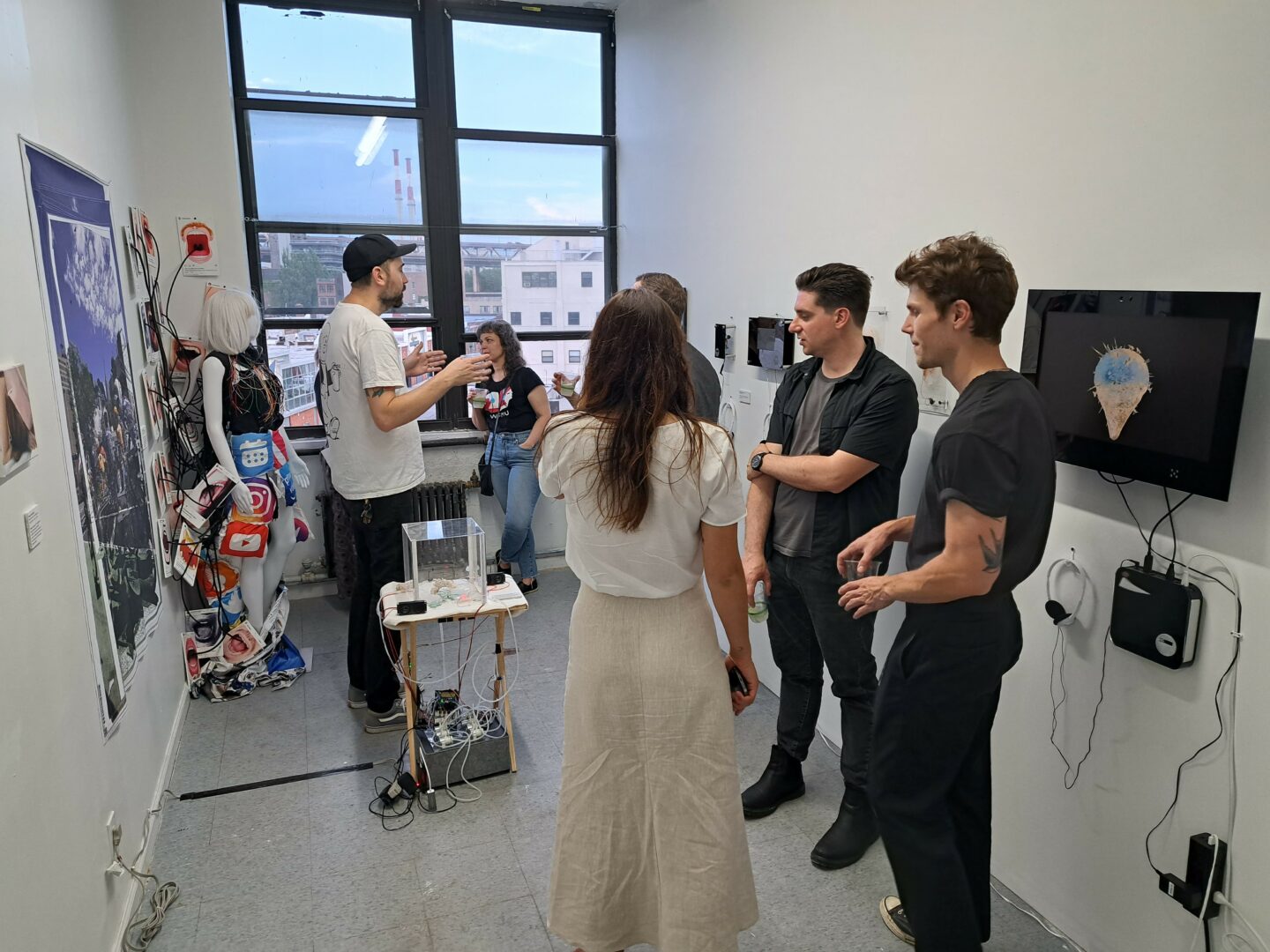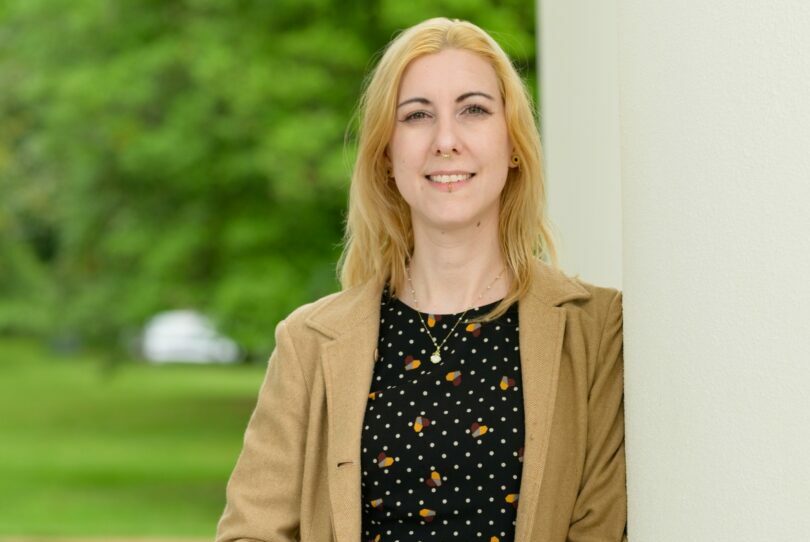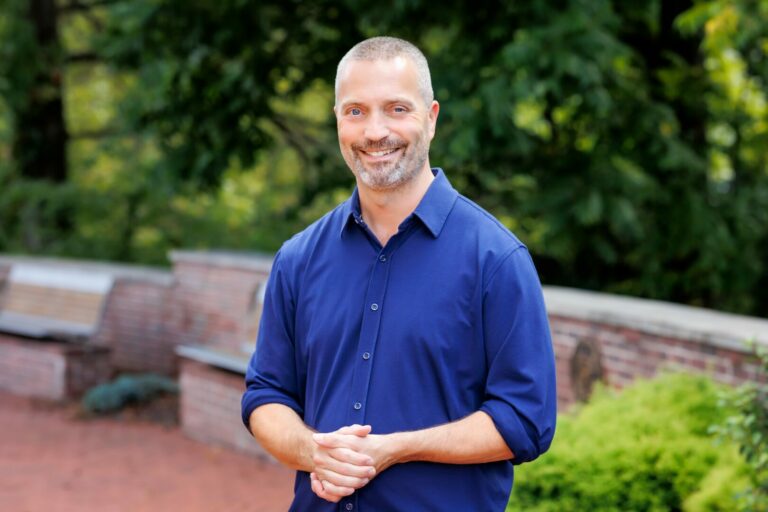Seungjin Lee shared their story and experiences with us recently and you can find our conversation below.
Good morning Seungjin, it’s such a great way to kick off the day – I think our readers will love hearing your stories, experiences and about how you think about life and work. Let’s jump right in? What are you most proud of building — that nobody sees?
DigiAna Group is the community I’m most proud of building.
DigiAna Group is a New York–based nonprofit arts organization and artist collective whose members work with multi-sensory digital and analog media. The artists explore augmented reality and the cultural intersections between human experience and the virtually driven world. Through virtual events, group performances, gallery exhibitions, and diverse collaborative formats, DigiAna Group creates a meeting place where audiences can experience and discuss these ideas. In 2023, DigiAna Studio opened in Long Island City, NYC.
Digital media and platforms are now seamlessly integrated into our daily lives—just as knives and forks are designed for eating, digital tools are designed for communication and sharing. We use them every day to exchange images, videos, information, and services.
DigiAna art seeks to question and redefine the connections, values, and lifestyles shaped by digital technology and social media. It is an experimental attempt to strip away the functional roles of digital devices and platforms in order to grasp the essence of their contents. DigiAna art reflects contemporary life—captured, fragmented, reconstructed, and recreated through the Internet and digital media.
In New York’s art scene, there are few communities that focus specifically on the relationship between the digital and non-digital realms. DigiAna Group aims to fill that gap, offering new perspectives on how digitalization continuously reshapes our lives every day.
Can you briefly introduce yourself and share what makes you or your brand unique?
My name is Seungjin Lee. I was born in South Korea and have lived in New York since 2014. I came to New York because I wanted to see a wider world — until then, I had spent my whole life in Korea and Japan. Although both are Asian countries, their modern societies were deeply shaped by Western and capitalist systems introduced by America. I wanted to experience this culture firsthand, to understand the logic behind Western words, systems, and ways of thinking, and to gain a broader perspective of the world.
When I first arrived, I couldn’t speak English well — honestly, even now, I’m still learning (lol). I also had no personal connections in the U.S. But around 2013, before I came, I saw a TV program about Takashi Murakami, the famous Japanese artist who achieved huge success in the American art market. His story fascinated me. I started reading his books to understand his logic and strategies for success within a Western-based art system.
Murakami’s concept of “Superflat” particularly inspired me. He explained that postwar Japanese society became “super flat,” with a lack of traditional hierarchy and cultural depth after losing its historical identity following World War II. Using manga-style imagery rather than hierarchical Western composition, he successfully introduced this idea into the Western art world.
After reading that, I began thinking about my own strategy — what concept could express my generation and my perspective within the Western art scene? I realized that I was born into the digitalizing era. Since childhood, I was surrounded by futuristic sci-fi works like The Matrix and Ghost in the Shell, which explore the boundary between human consciousness and digital technology. I believed that the world would soon become like those stories.
So my art focuses on the feeling of being human — the sense of self that remains “analog” within an increasingly digital world. Through my works, I explore how we can still feel emotions, identity, and connection even as technology transforms everything around us. I believe this perspective brings a new meaning to contemporary art and offers a fresh contribution to the Western-based art context.
With this vision, I founded the DigiAna Group in New York about ten years ago. Since then, we have organized many exhibitions and community gatherings to share and explore ideas connecting the digital and analog worlds.
Amazing, so let’s take a moment to go back in time. What’s a moment that really shaped how you see the world?
After coming to America, I understood more clearly that we are all the same human beings. We all have moments of happiness and sadness in our daily lives. We sometimes use others, and sometimes we are used by others. The world may look complicated, but in the end, its meaning is simple.
Was there ever a time you almost gave up?
Every day, I let a part of myself die and am reborn again. Through this cycle, I rediscover who I am. New technologies — the Internet, AI, the digitized brain systems, and other rapidly evolving innovations — constantly give us new viewpoints of ourselves.
We are living in a fascinating era where the definition of being human is changing. We may soon become something beyond what we used to be — perhaps half-android, pure data, divine, or even something darker.
So a lot of these questions go deep, but if you are open to it, we’ve got a few more questions that we’d love to get your take on. What’s a belief you used to hold tightly but now think was naive or wrong?
I used to believe I had to do something — to achieve or prove something.
But I eventually realized I had already done everything I needed to.
Nothing was wrong; it was all the right process.
Thank you so much for all of your openness so far. Maybe we can close with a future oriented question. If you knew you had 10 years left, what would you stop doing immediately?
Nothing will change.
Contact Info:
- Website: https://www.digianagroup.com/
- Instagram: https://www.instagram.com/digianagroup/
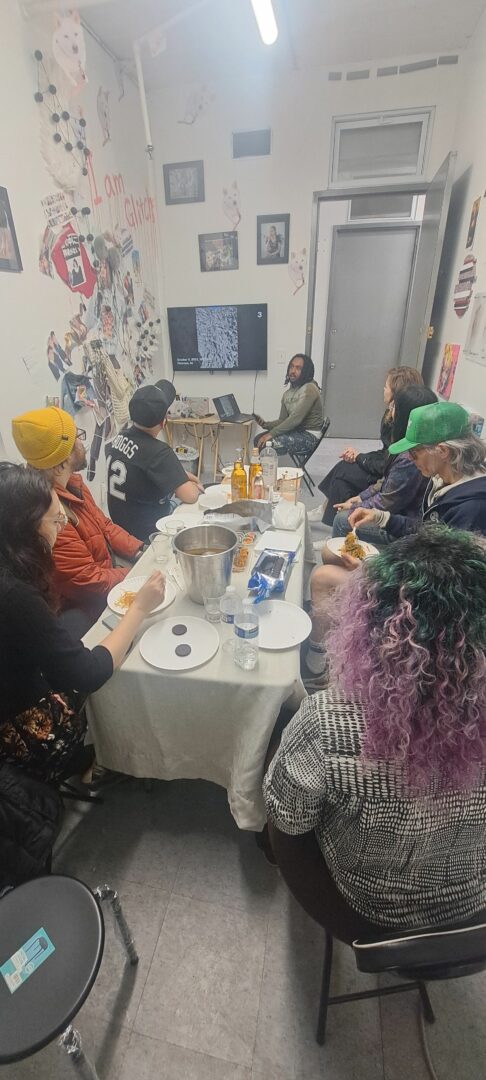
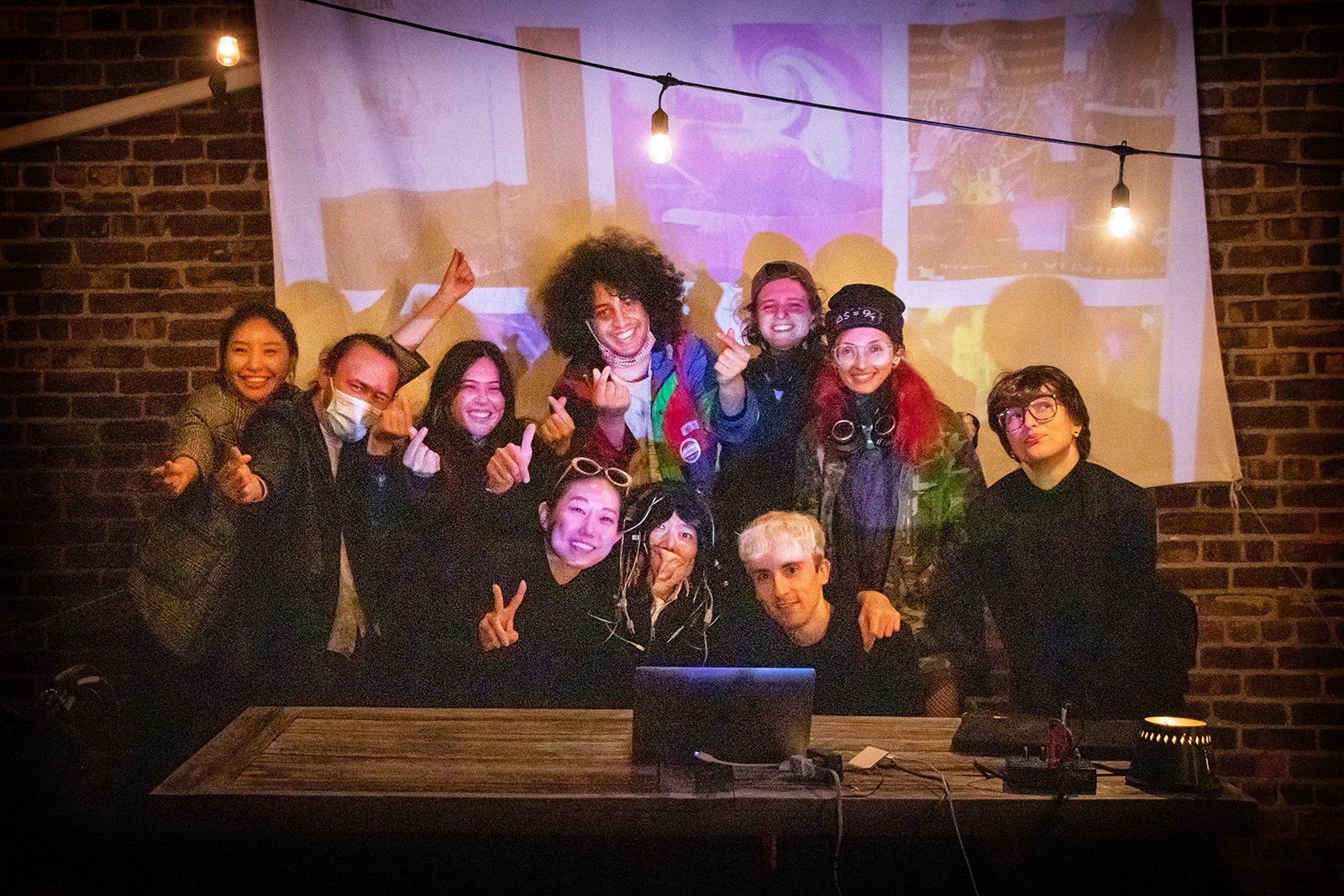
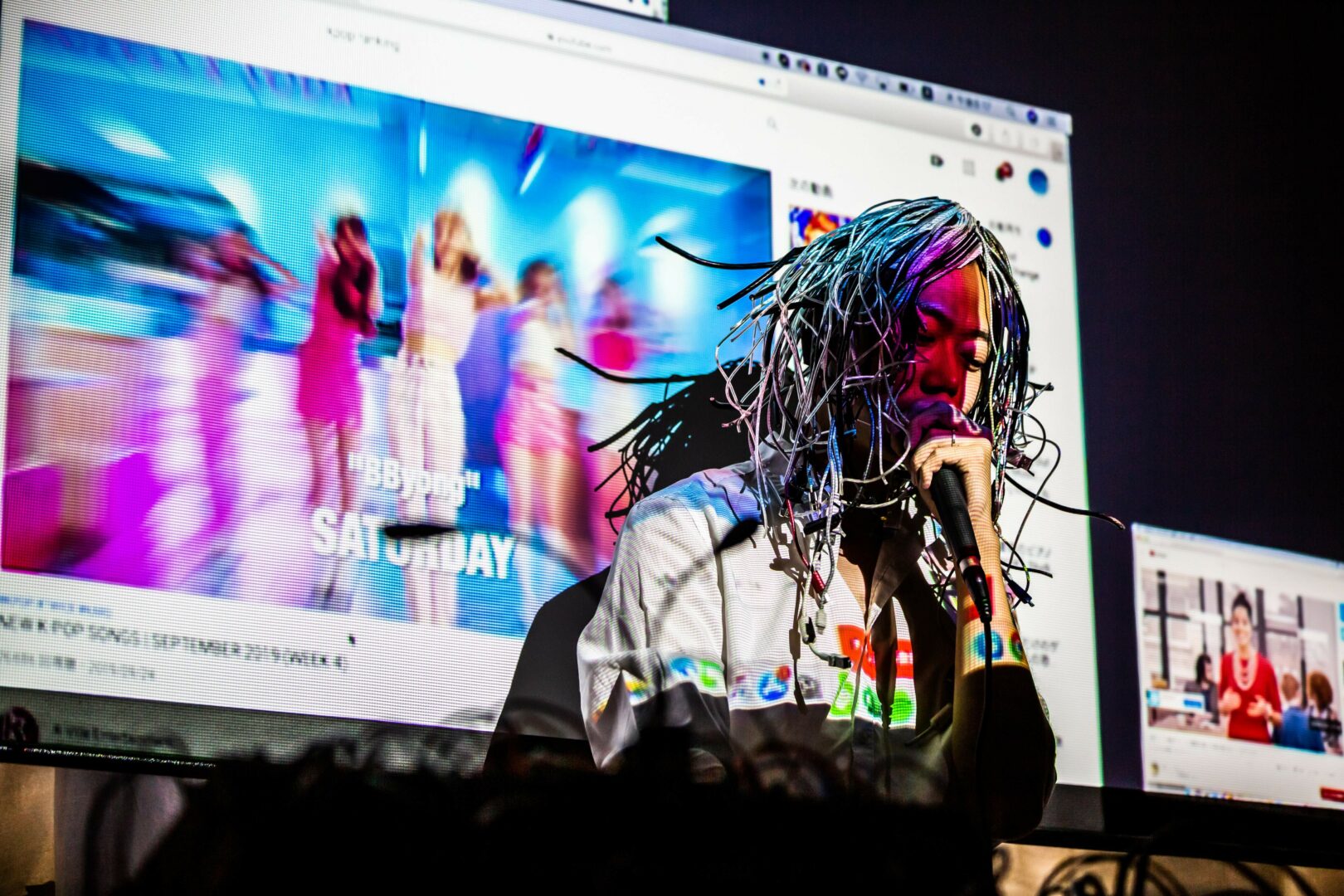

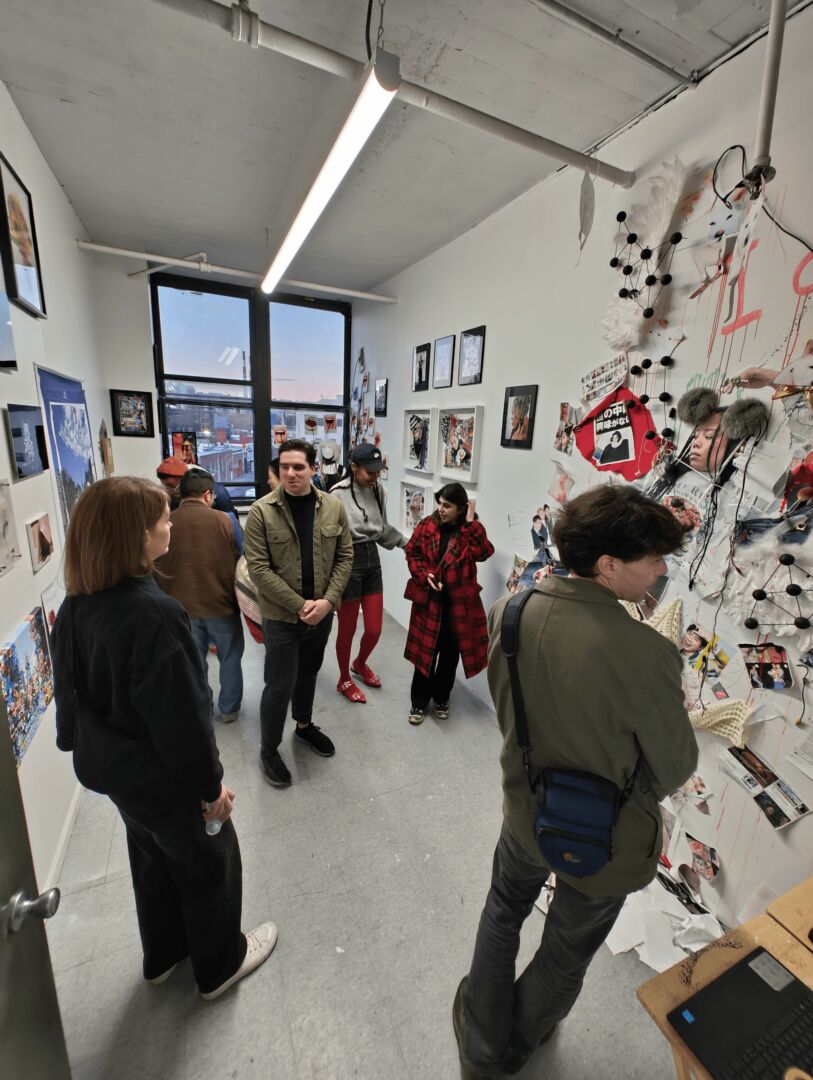
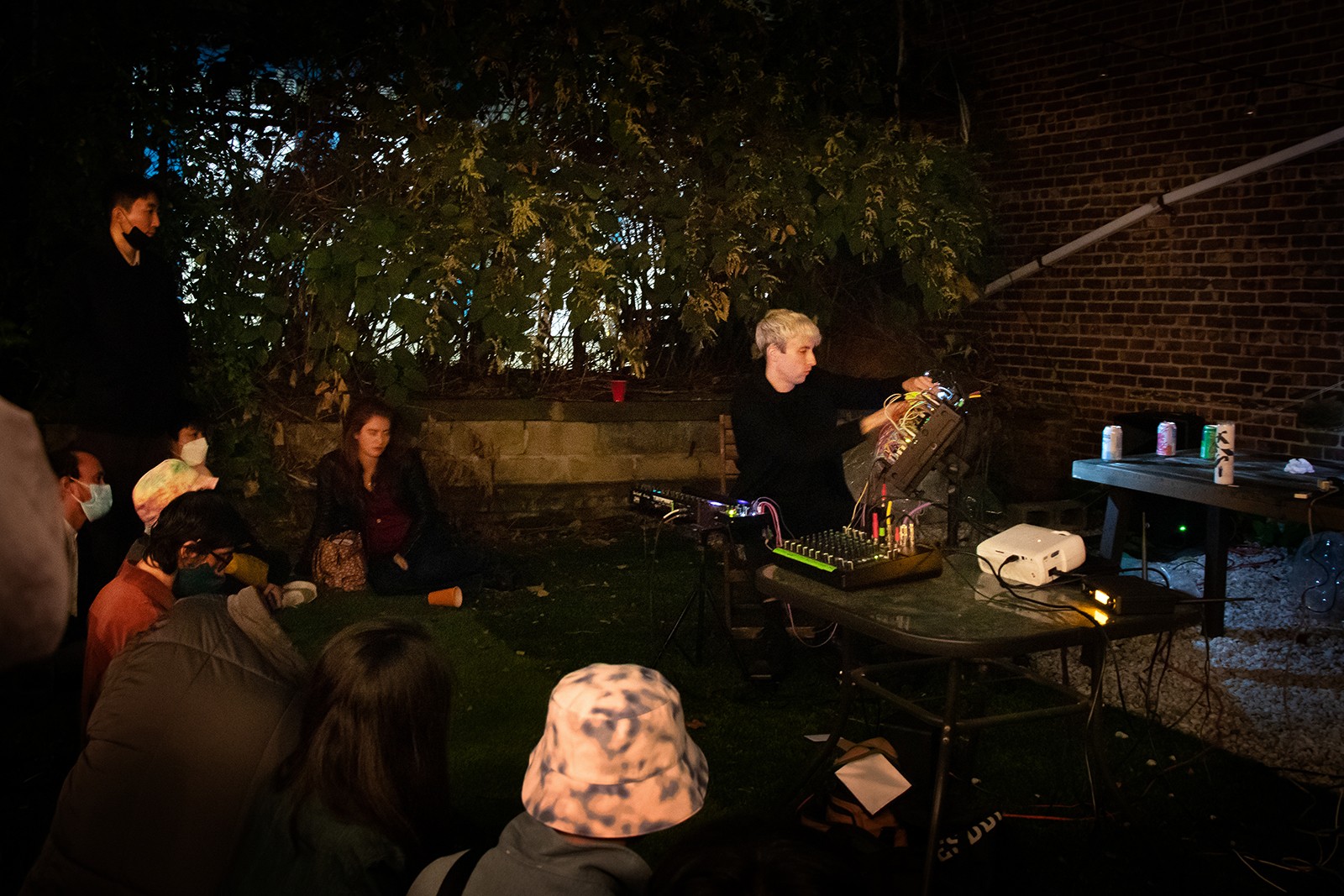
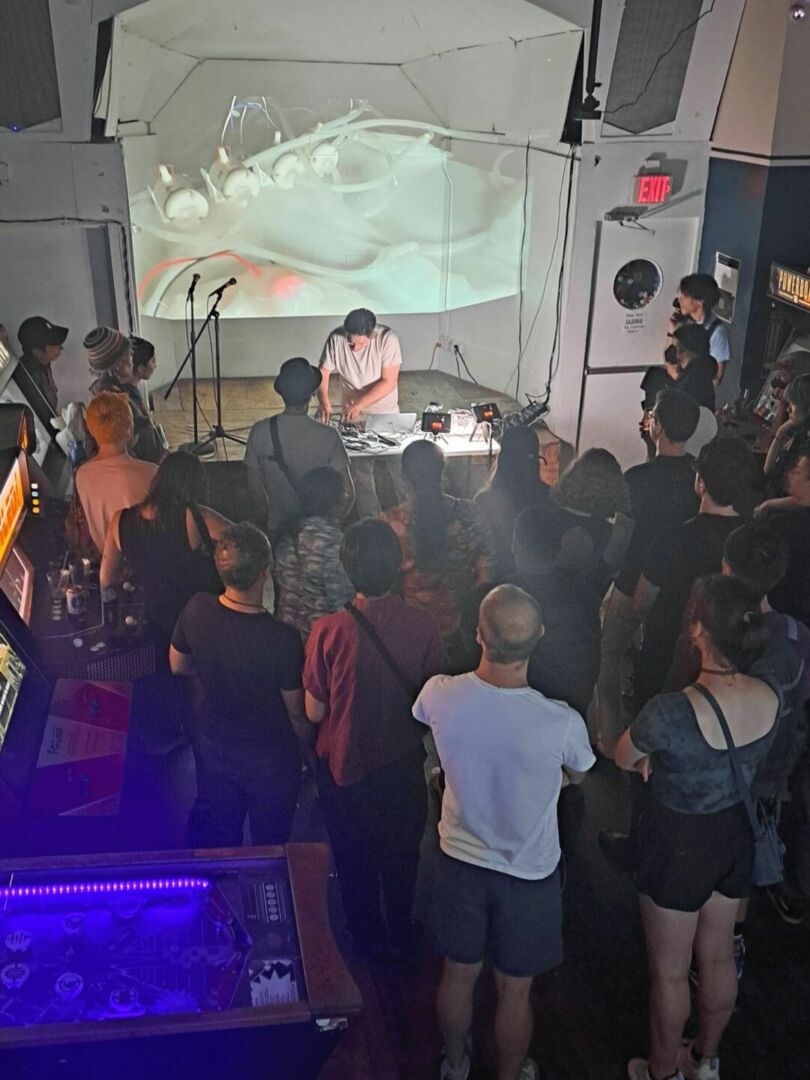
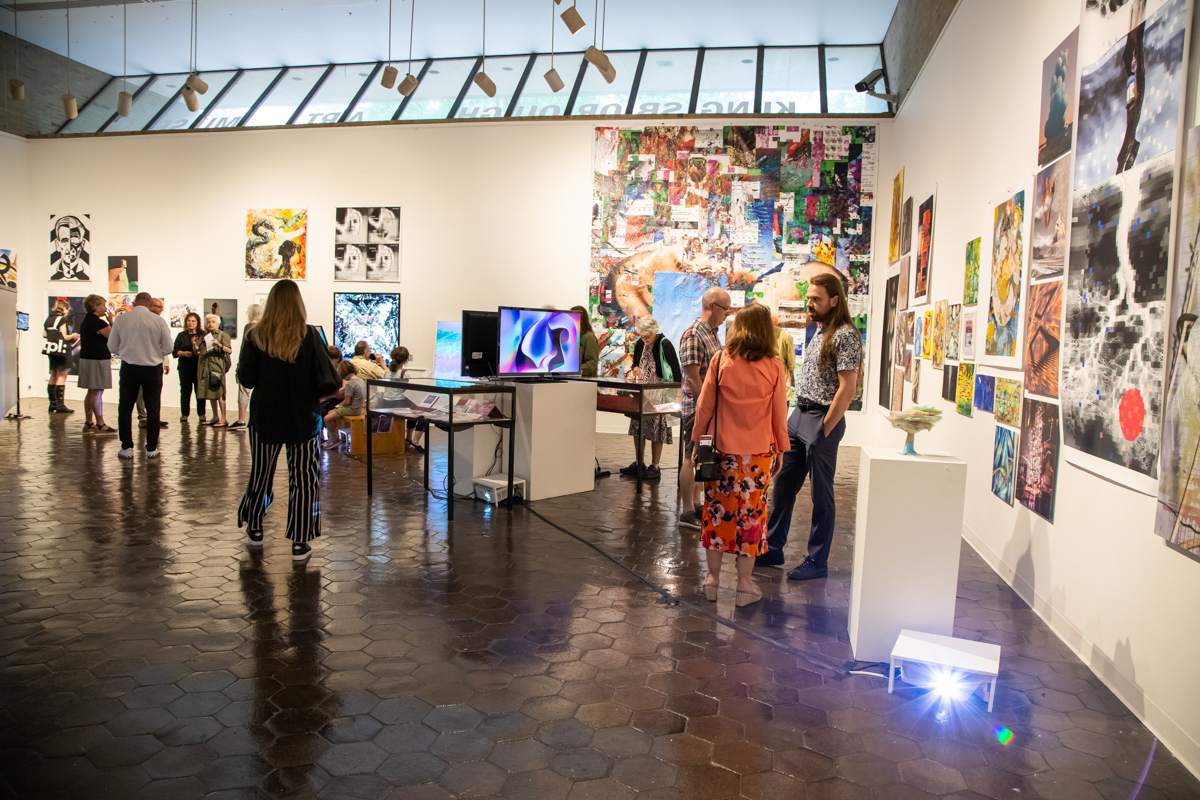
so if you or someone you know deserves recognition please let us know here.

